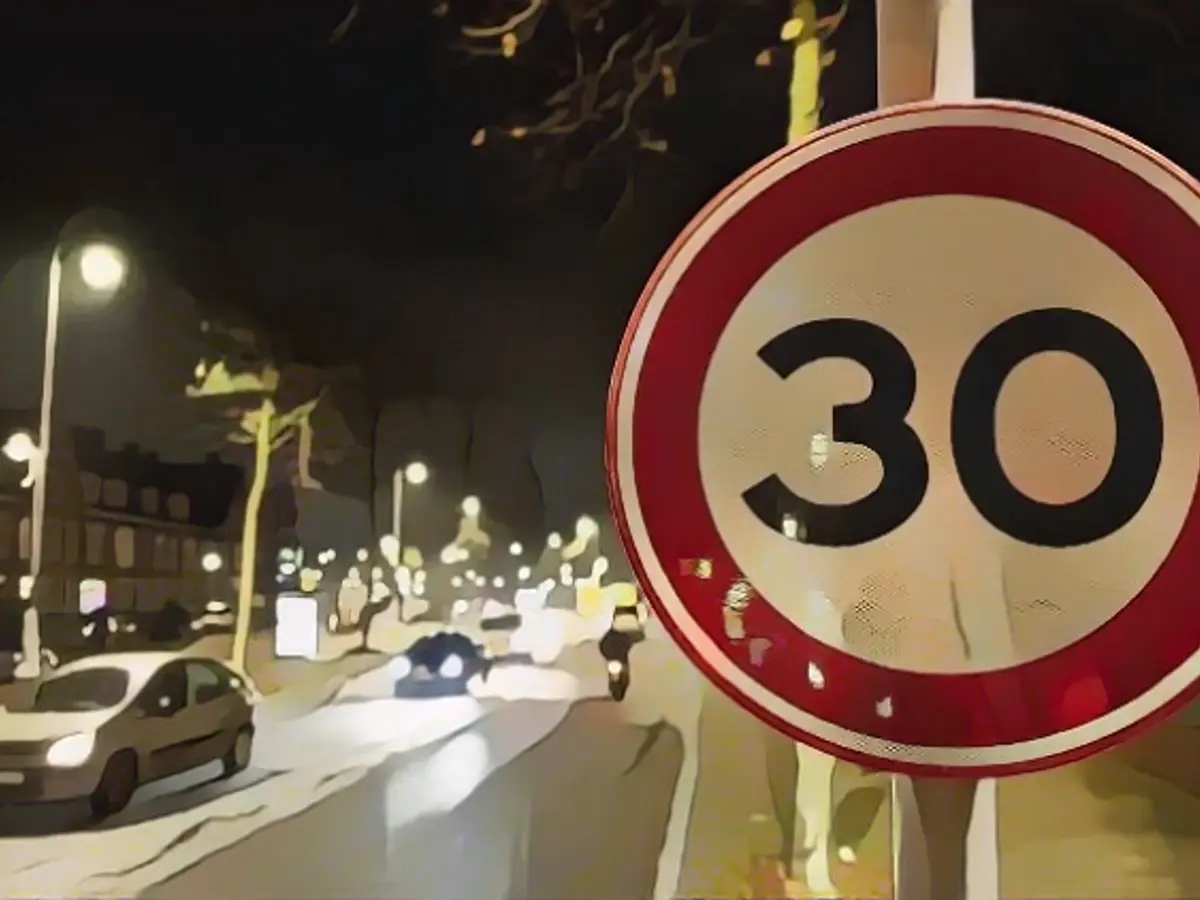Amsterdam's Speed Limit Revolution: Making Cities Safer and Greener
In an unexpected move, Amsterdam has become the pioneer of a speed limit revolution, with 30 kilometers per hour now being the norm on most city roads. This bold move not only aims to reduce road fatalities but also to make the city quieter and more pedestrian-friendly.
Friday nights saw special teams releasing thousands of newly erected traffic signs, marking the city's commitment to this new speed limit. The decision to lower the speed limit was triggered by a combination of factors, including the growing number of inhabitants and tourists, resulting in more traffic congestion and potentially dangerous situations.
Out of the city's 800,000 residents, more than 20 million tourists visit each year. Consequently, the city is introducing a speed limit to approximately 80% of its roads, while maintaining the 50 kilometers per hour limit on major thoroughfares. An exception is made for public transportation, such as buses, trams, and taxis, which are given priority but must follow specific rules.
Amsterdam is shifting its focus towards prioritizing cyclists and pedestrians, which is evident in the city center's transformation. Many streets have been closed to car traffic, turning them into pedestrian and bicycle zones. Additionally, an increasing number of dedicated "fietsstraten" or bicycle streets cater to cyclists by allowing them to take priority over cars as guests.
Paris, another Western European capital, has joined Amsterdam in this speed limit revolution, planning to reduce the speed limit on its 35-kilometer ring road from 70 kilometers per hour to 50. The aim is to significantly reduce the pollution caused by car traffic in the city, all as part of a major climate protection plan.
Noteworthy Trends Across Western Europe
Amsterdam's decision to lower its speed limit is part of a wider trend in Western Europe. Several cities have started implementing lower speed limits to prioritize safety and the environment. Examples include:
- Paris, France: With a focus on improving road safety and reducing emissions, Paris has implemented a 30 km/h speed limit in many areas.
- Zurich, Switzerland: Zurich's commitment to safety and the environment led it to adopt a 30 km/h speed limit in various parts of the city.
- Brussels, Belgium: Brussels lowered its speed limit to protect pedestrians and cyclists, contributing to a reduction in road accidents and emissions.
- Edinburgh, UK: The city of Edinburgh introduced 20 mph (approximately 32 km/h) speed limits in many areas to improve safety and reduce emissions.
- London, UK: London followed suit with 20 mph speed limits in various neighborhoods, a move aimed at enhancing safety and reducing emissions.
These cities' experiences demonstrate that reducing speed limits can lead to significant improvements in road safety, pollution reduction, and overall livability.
In conclusion, Amsterdam's move to introduce a city-wide 30 km/h speed limit is part of a broader trend in Western Europe aimed at enhancing road safety and environmental sustainability. By prioritizing cyclists and pedestrians, Amsterdam's actions set a compelling example for cities looking to redefine their approach to traffic management and create a safer, more eco-friendly urban living experience.






